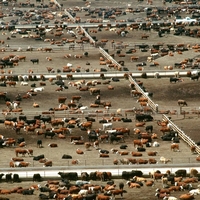Sellfare
A History of Livestock Welfare Commodification as Governance
DOI:
https://doi.org/10.52537/humanimalia.9981Abstract
The commodification of livestock welfare has risen rapidly on the agendas of several state, private, academic, and third sector actors during the 2000s. This article traces the historical emergence of livestock welfare commodification as governance, or “sellfare.” The article also discusses sellfare’s composition, contradictions, and relationship to previous modes of livestock welfare governance. By reading secondary research alongside recent sellfare documents, the article traces the histories of five aspects of sellfare: the animal connection, liberal fare governance, livestock factories, scientific welfare governance, and welfare as quality. The history of sellfare sheds light on why commodification now appears as such a self-evident tool for livestock welfare governance. The analysis also suggests, however, that sellfare is unlikely to dissolve the contradictions that gave rise to it. On the contrary: commodification risks reducing welfare to a commodity. Recent innovations such as the welfare gas chamber remind us that sellfare still functions within intensive livestock production.
Downloads

Published
Issue
Section
License

This work is licensed under a Creative Commons Attribution-NonCommercial 4.0 International License.


